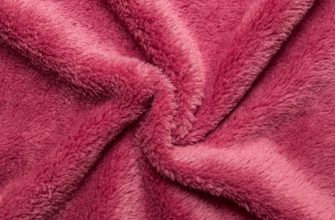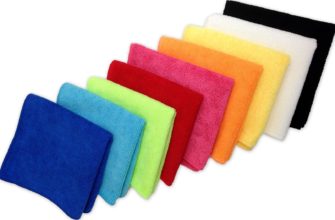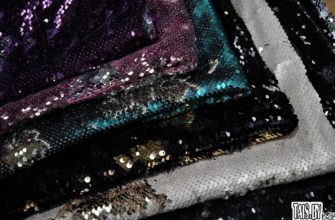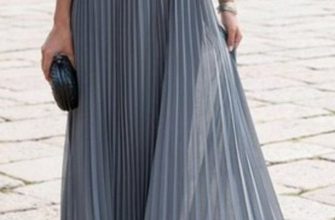All things for fishermen or various active activities are made using various insulation materials. This article discusses what Shelter insulation is and the scope of its use.
What is Shelter insulation?
What is shelter insulation - this is a new material produced by Russian scientists, it began to be produced at the factory "Ves Mir". It appeared in early 2001, and gained great popularity both in our country and abroad.

Please note! This filler contains high-molecular fiber compounds, which are thousands of times thinner than spider webs. This distinguishes the fabric from classic synthetic fluff and gives it rare qualities, which are presented below.
Raw materials and production technology
Shelter is the name of a new Russian insulation material, which is made from synthetic materials. It is created taking into account the rules of sewing factories and has a wide range of uses. In 2005, after a series of experiments, the fabric became available for sewing clothes and equipment used in the conditions of the Far North.
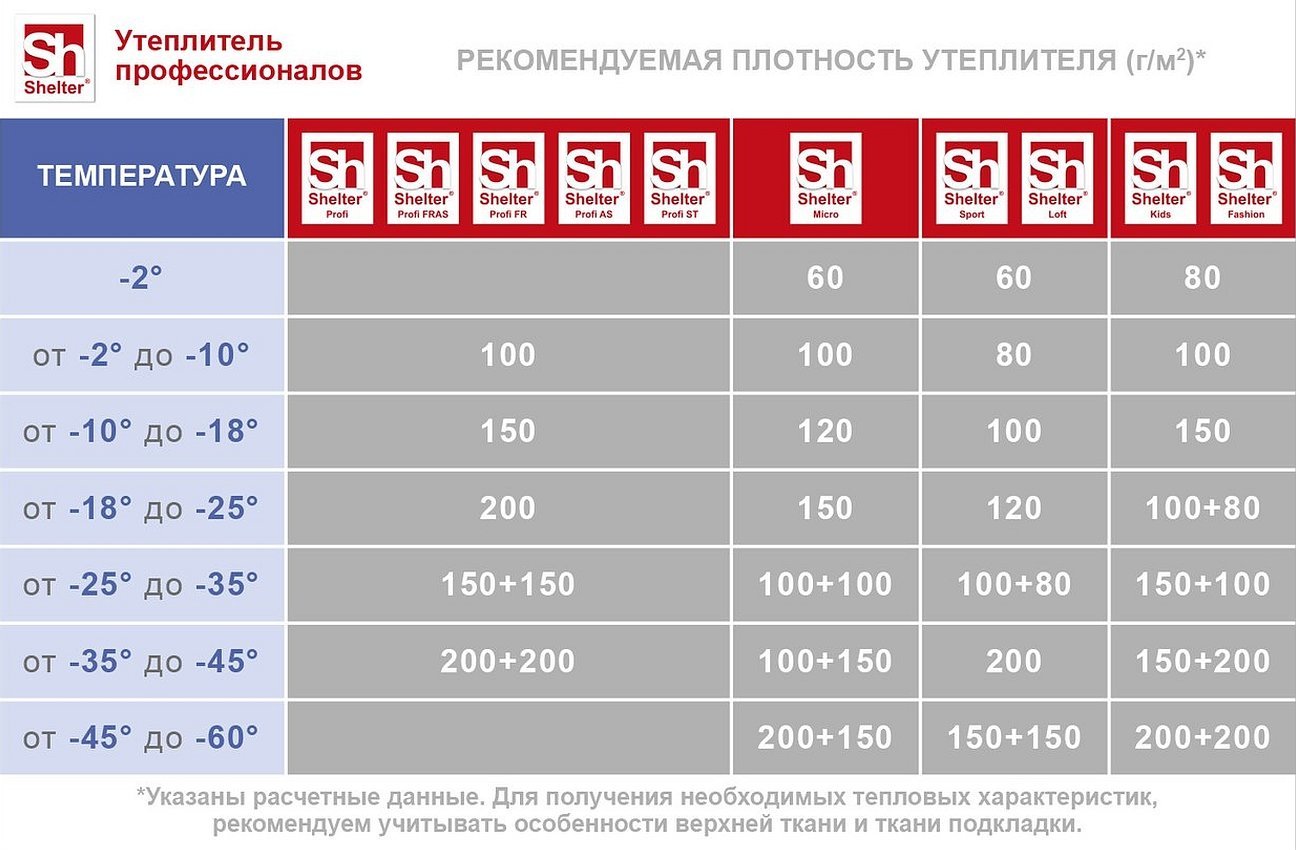
Properties and technical characteristics
The composition mostly consists of polyester fibers. They have such a fine structure that they help the shelter retain its main qualities with a small volume.
The fibers are quite soft and light.
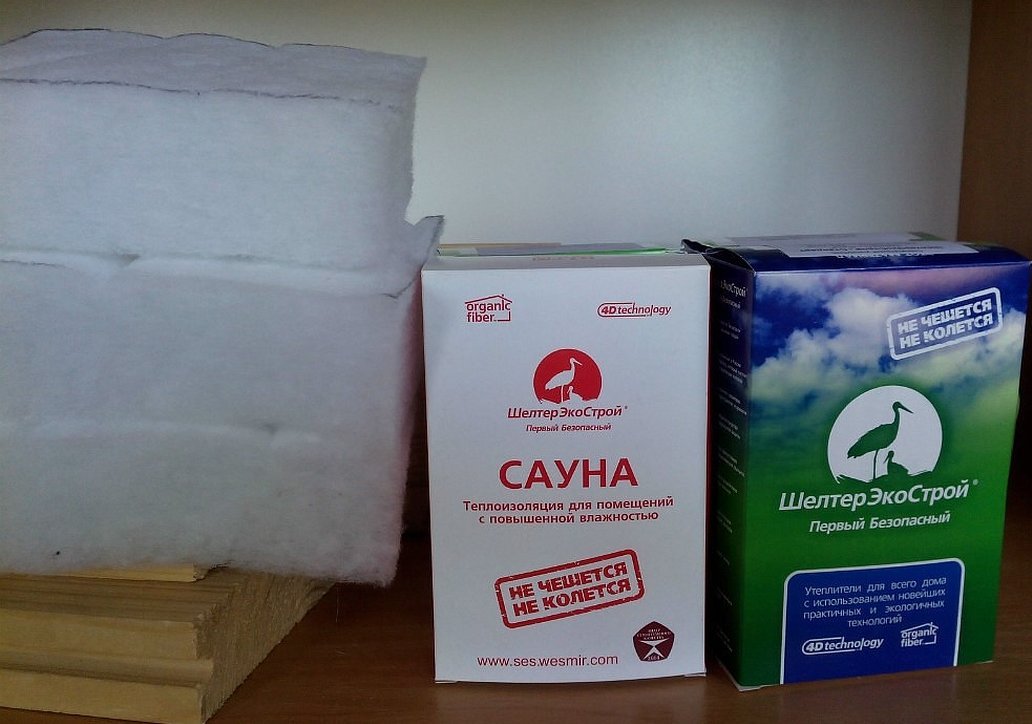
The material does not migrate threads, which makes it very durable and long-lasting. Shelter insulation tolerates various washing processes and does not shrink after them. It is highly breathable and air circulates well.
A distinctive feature of the material is that it does not form static charges. This is due to the fact that the composition contains silver ions that penetrate the structure of the threads.
The material is very elastic due to the springy interactions of individual threads. It does not hinder walking, which is very necessary when performing active actions or repair work in northern zones. Most importantly, it is resistant to damage and deformation.
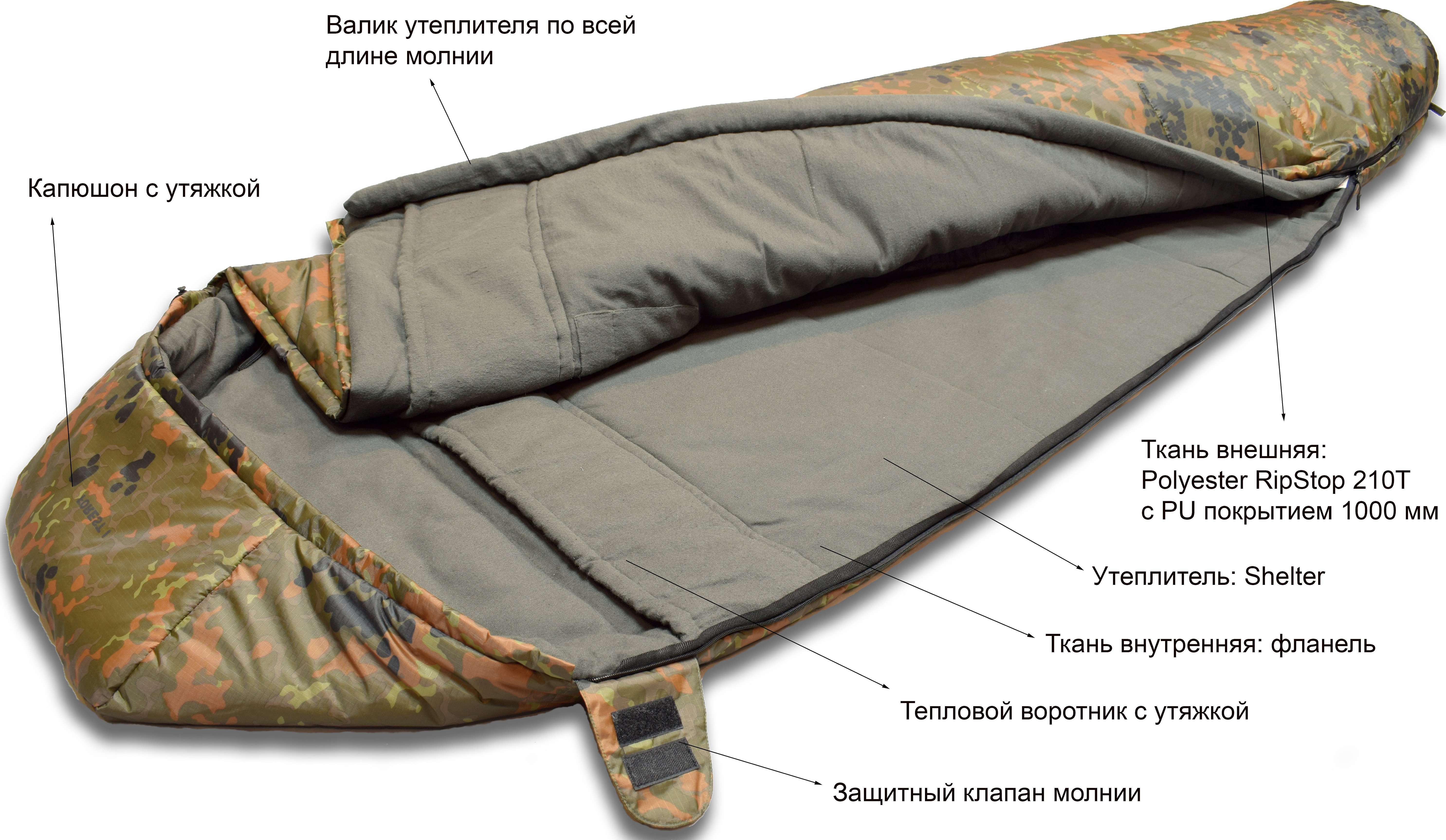
The material is environmentally friendly due to the chemical neutrality of polyester threads and the purity of technical execution. It does not cause health problems and has all the confirming certificates.
Shelter Profi, produced jointly with the company "Ekokontrakt" - one of the popular factories for the production of clothing with professional protection, also from fires, will be an excellent special heat regulator with protection from statics and the basis of equipment in explosive situations. It can have different density, lighter materials are used for recreation, heavy ones for construction work.
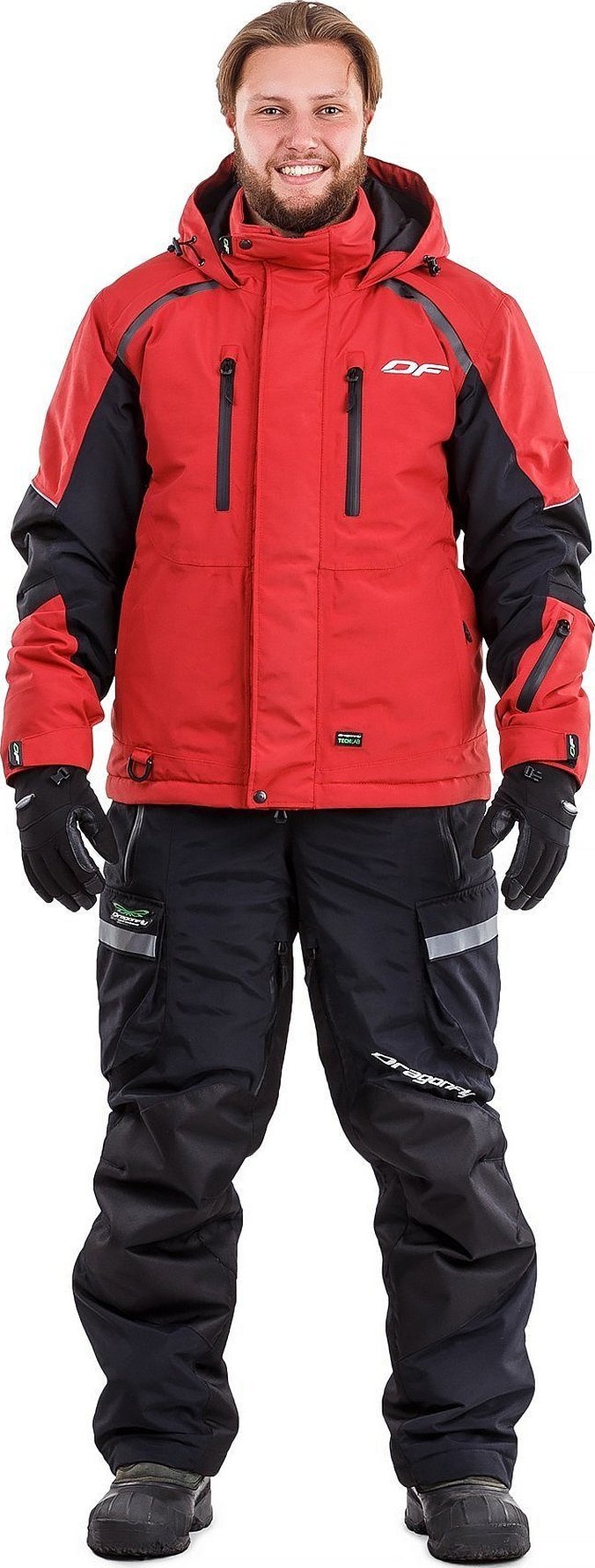
In the spring of 2013, tests of clothing with the addition of Shelter® insulation were conducted by the Arctic training center in the far north of the country.
The tests were conducted at temperatures of -25; -53 degrees, high humidity of 70%, wind of 25 m/s. The results of the experiment revealed rare water-repellent qualities of the shelter, light weight of the product, and comfort of its use in extreme conditions. It was recognized that the material maintains the required temperature regime. The heat-saving properties of tents using the shelter layer were noted with a special award from the Geographical Society.
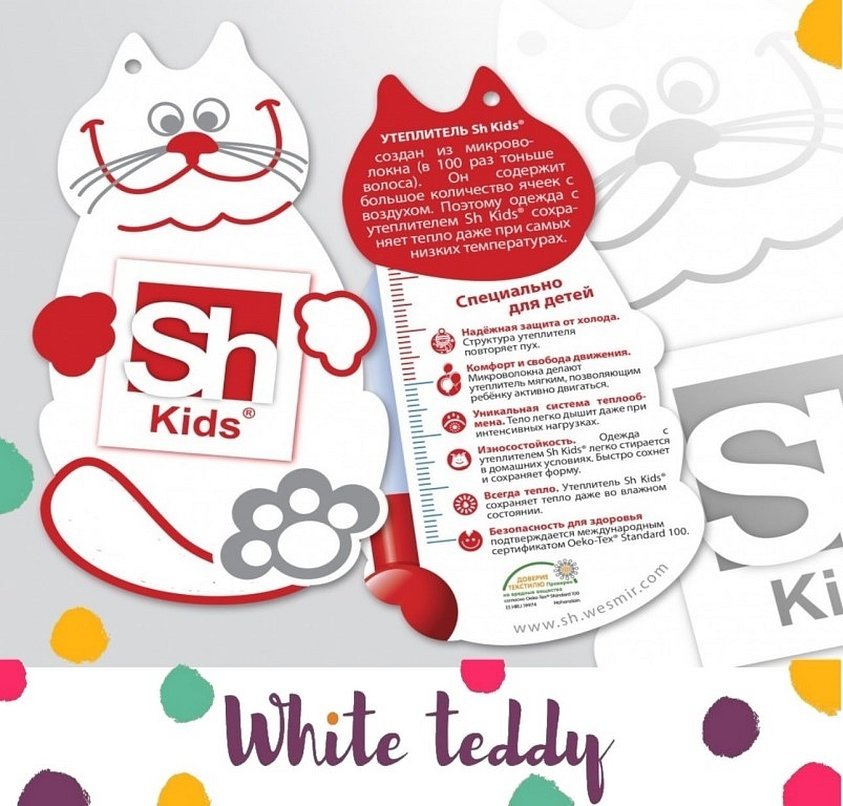
Also, many climbers who conquer peaks such as Everest, the Andes, etc., prefer Shelter. Because, at maximum altitudes, the temperature can drop to -70 degrees, and in combination with the wind it will seem even lower. More than once, professional climbers have spoken positively about equipment with a layer of shelter.
The shelter itself can be stored for up to 300 years. Everything depends not on it, but on the fabrics that the product is covered with on the outside. It is important to choose a quality item. But it will be quite expensive.
If you choose standard Thinsulate or another material, it will last relatively little time.
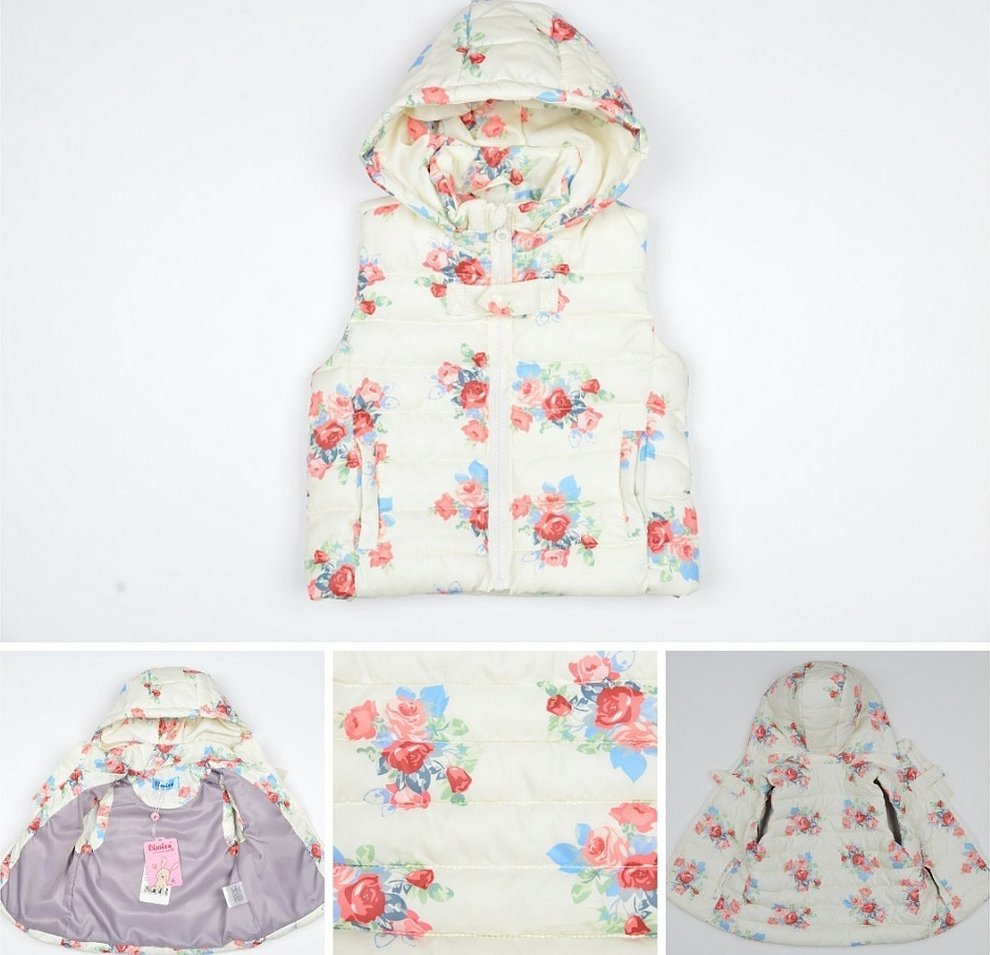
For example, a shelter has 170 bonds in fibers, while a regular material has up to 60. This means that a regular product can withstand temperatures no higher than -30 degrees. This is sufficient for urban conditions, but if you are in the North or Alaska, it will be cold and uncomfortable.
Types of insulation for shelter clothing
The technique of creating a shelter is used in new products in order to expand the products on the market. Currently, several types of material are produced:
- Micro - it is necessary for children's clothing and VIP class jackets. It is used to create everyday outerwear, sports equipment for extreme sports enthusiasts, tents. Equipment with this insulation can be used in areas with fairly low temperatures, down to -60 degrees;
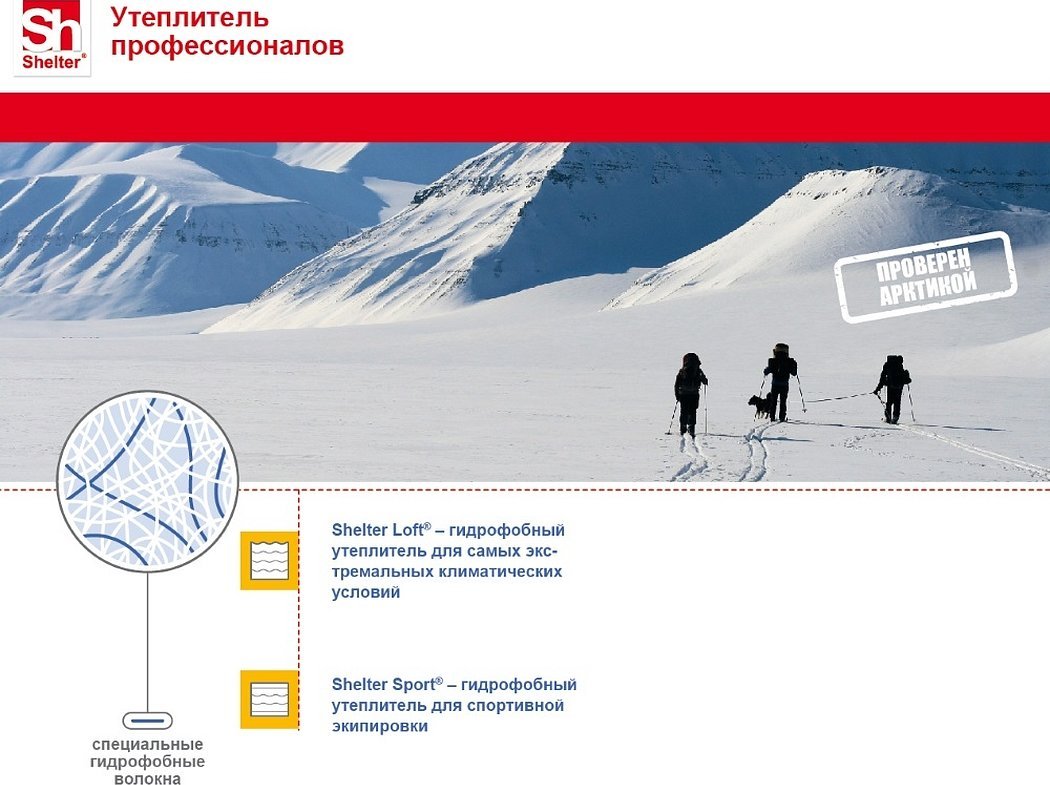
- Shelter Loft is a rare composition with water-repellent properties. It is mainly used to make sleeping bags and sports equipment;
- Shelter Fashion - an expensive insulation for rare warm clothing helps to create a range of clothing with good thermal insulation qualities;
- Shelter Kids is a soft component for children's outerwear and jackets, made with a special level of protection and hygiene. Since children are constantly on the move, this will be an excellent product for them so that the child does not sweat, does not catch a cold and does not freeze;
- Shelter Home is a heater for all types of mattresses and blankets. It is used for moderate temperature conditions;
- Shelter Profi is a harsh thermal insulation material for people working in extreme conditions.
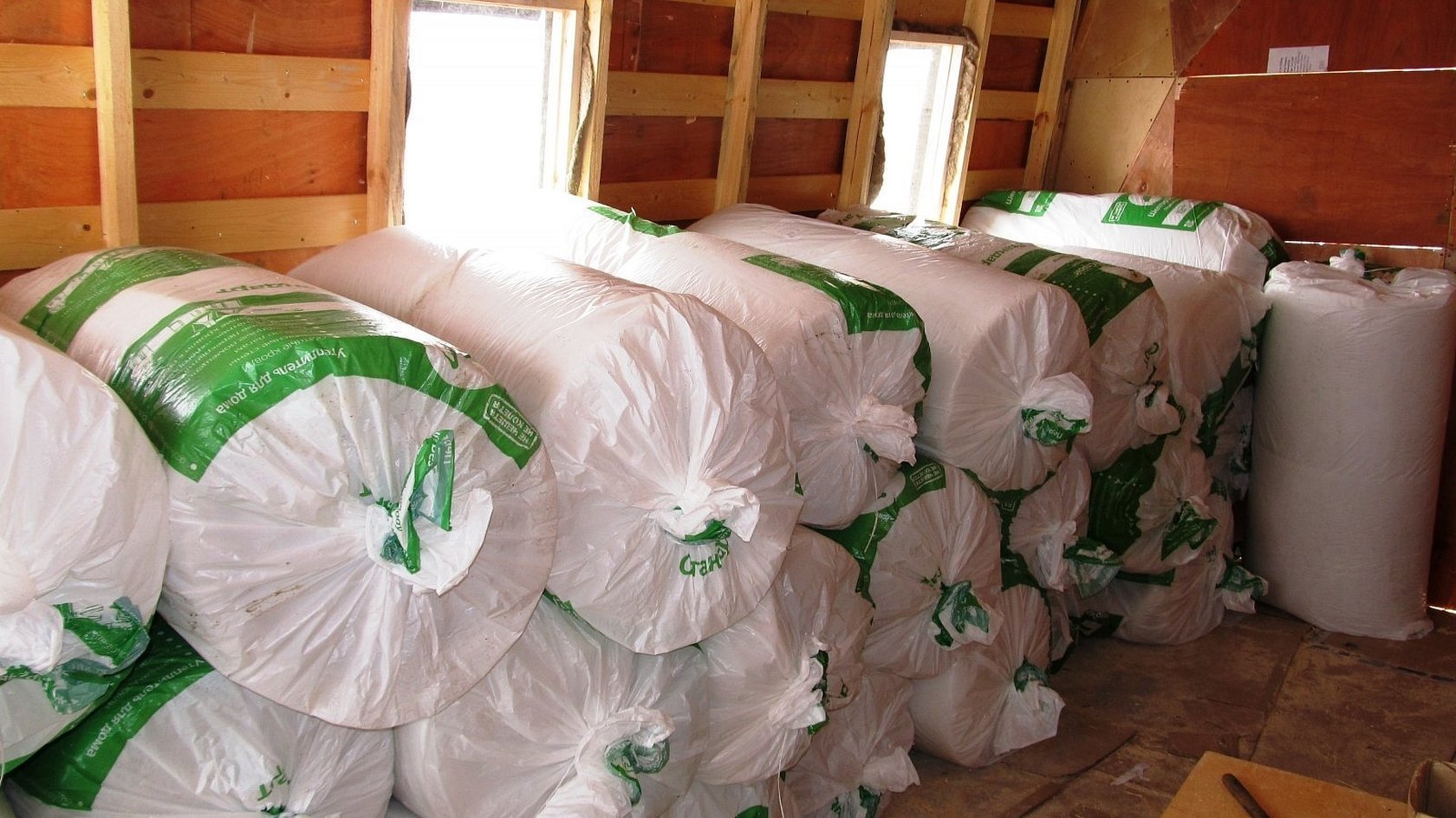
There are the following types of clothing from the last group:
- for very low temperatures;
- to protect against electricity;
- for complete protection against electricity, fire and water;
- to protect against exposure to electric welding arc.
In addition to clothing, it is used to make a large number of shoes, which are mainly used in places with critically low temperatures, precipitation and wind.
This material is used to insulate not only clothes, but also houses. This building material has high thermal insulation indoors. Insulation boards can be used as sound insulation. But when choosing, you need to pay attention to the color. In original products, it changes from white to beige, there can be no other colors. The rest is definitely a fake.
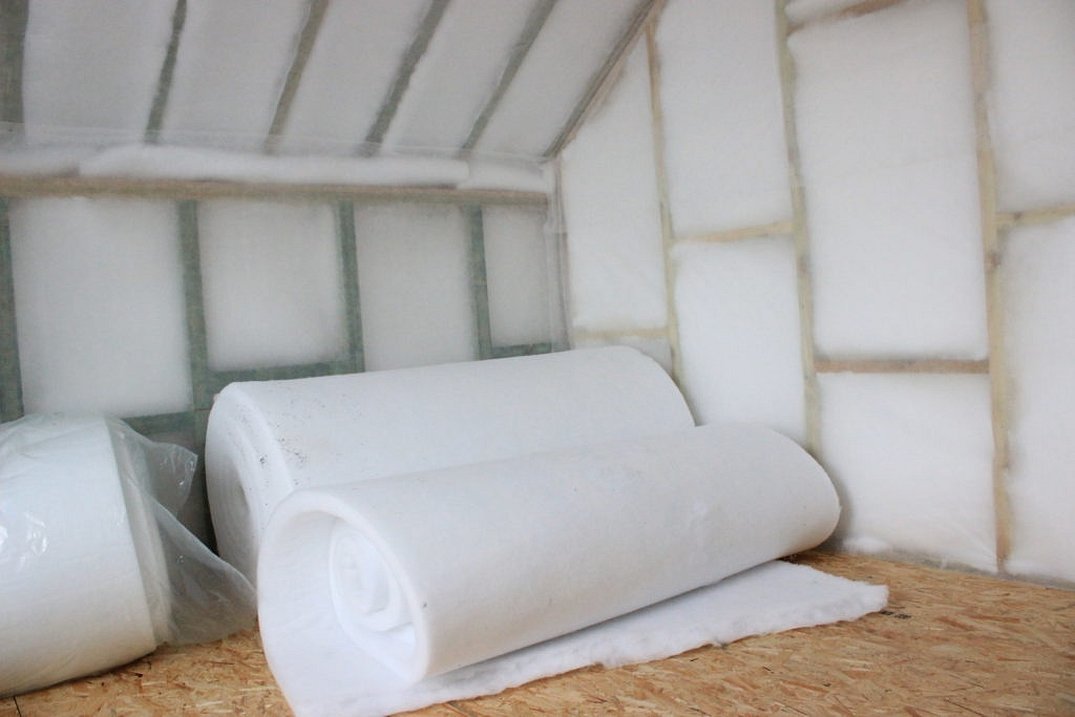
It is advisable to buy it on the official website Ves Mir to avoid counterfeits that can harm both your home and your health. Because counterfeits use cheap and low-quality compounds that are impregnated with dangerous chemicals.
How to care for products with shelter insulation
Usually, all the nuances and features of clothing care are fully described on the labels. If this is not the case, then you need to follow the rules presented below.
Washing
Since the material does not lose its properties or deteriorate when wet, it is allowed to be washed. The optimal washing is in a washing machine, the temperature used is up to 50 degrees Celsius.
Whitening
Such insulation cannot be bleached. When washing, it is prohibited to use any powders containing chlorine.
Drying
For such insulation materials it is not advisable, or it should be carried out at very low temperatures.
Ironing
Ironing is only allowed at temperatures up to 100 degrees. Steaming is strictly prohibited, otherwise the material will lose its properties.
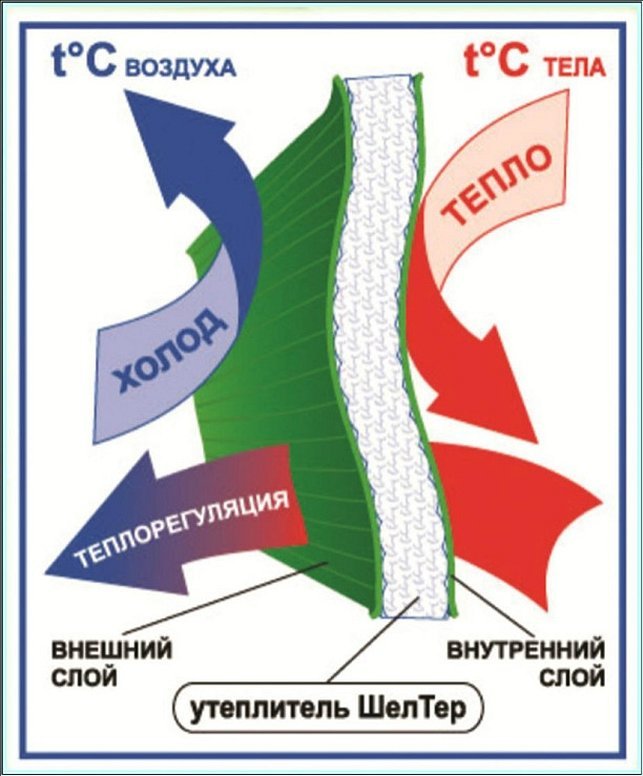
Pros and cons
Advantages of insulation:
- High heat retention characteristics;
- Does not cause allergic problems;
- Circulates air (does not create a greenhouse effect);
- The material is non-flammable;
- Keeps you warm inside when wet.
The hypoallergenicity of this material is achieved by its lack of attractiveness to insects (mites), which simply do not form in it. After exposure to fire, there is no residual combustion of the insulation, guaranteeing increased fire resistance.
Flaws:
- High price;
- Produced only in factories;
- May leak a little steam in places;
- It is forbidden to steam and sometimes iron, which causes some difficulty;
- The use of bleaching agents is prohibited.
In conclusion, it should be noted that the Shelter insulation is a fairly new material, but has already proven itself well in the market. Many things for extreme recreation and tourism are made using it. The only downside of this material is its price, but it is completely justified. Shelter has a wide range of applications, from ordinary winter clothes to building houses.

